Lucian Freud: New Perspectives – National Gallery, London
A review of Lucian Freud: New Perspectives at the National Gallery. This is an exceptionally good opportunity to get up close to Freud’s works and see the development of his artistic style. Just don’t expect it to be a comfortable experience.
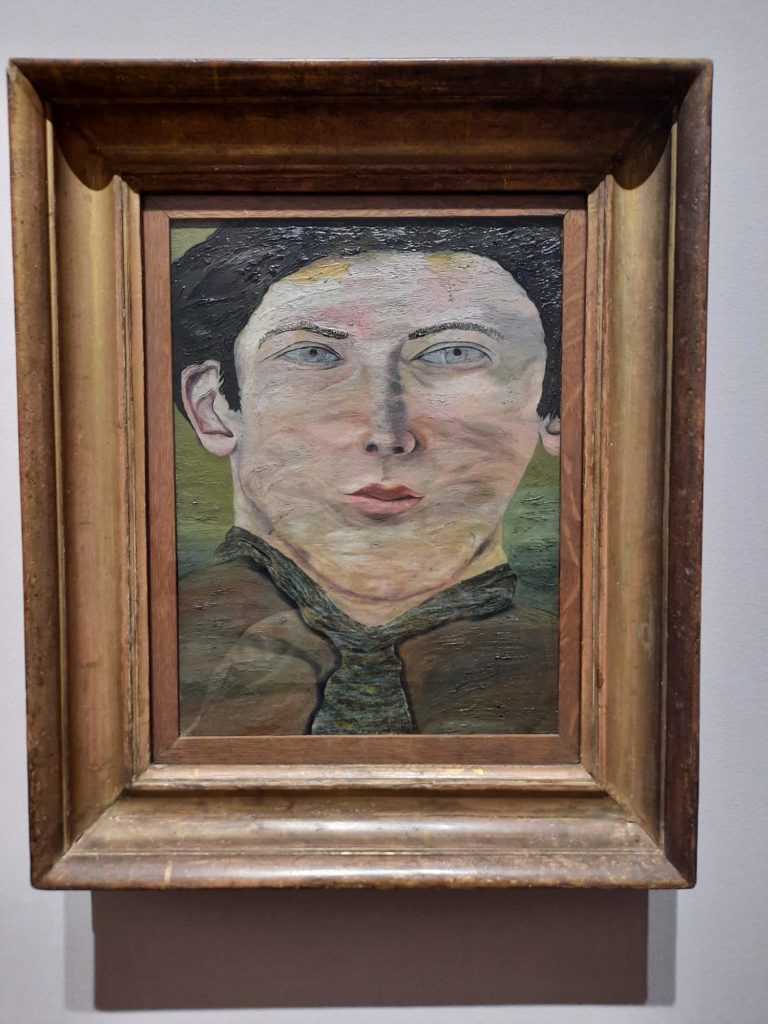
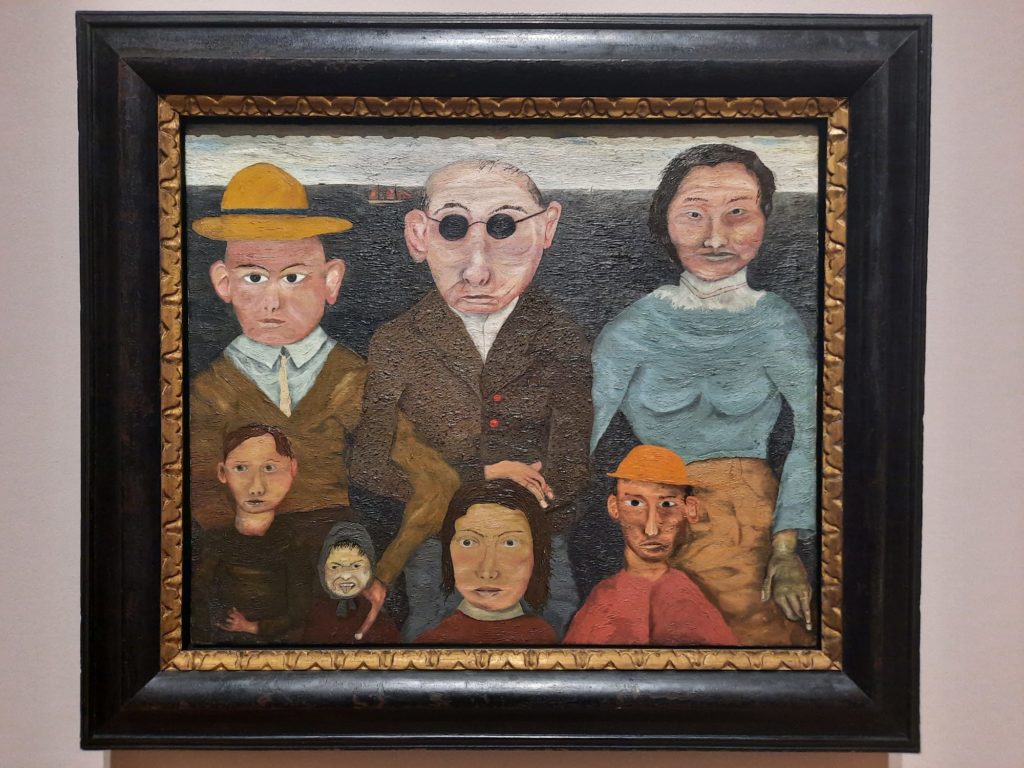
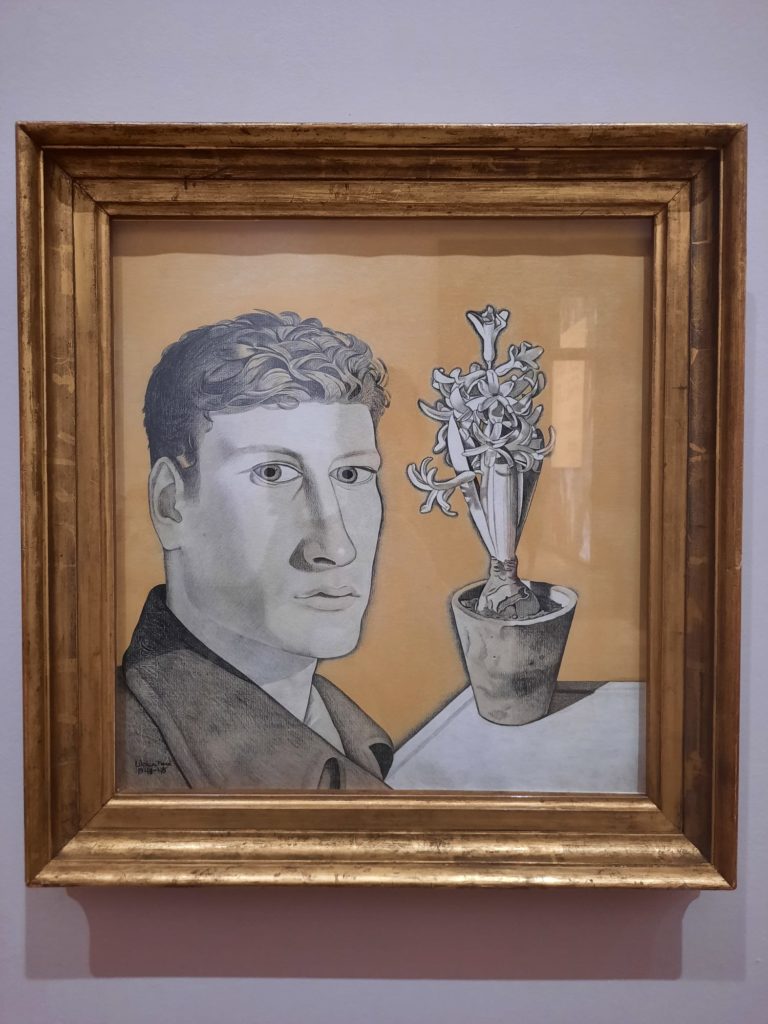
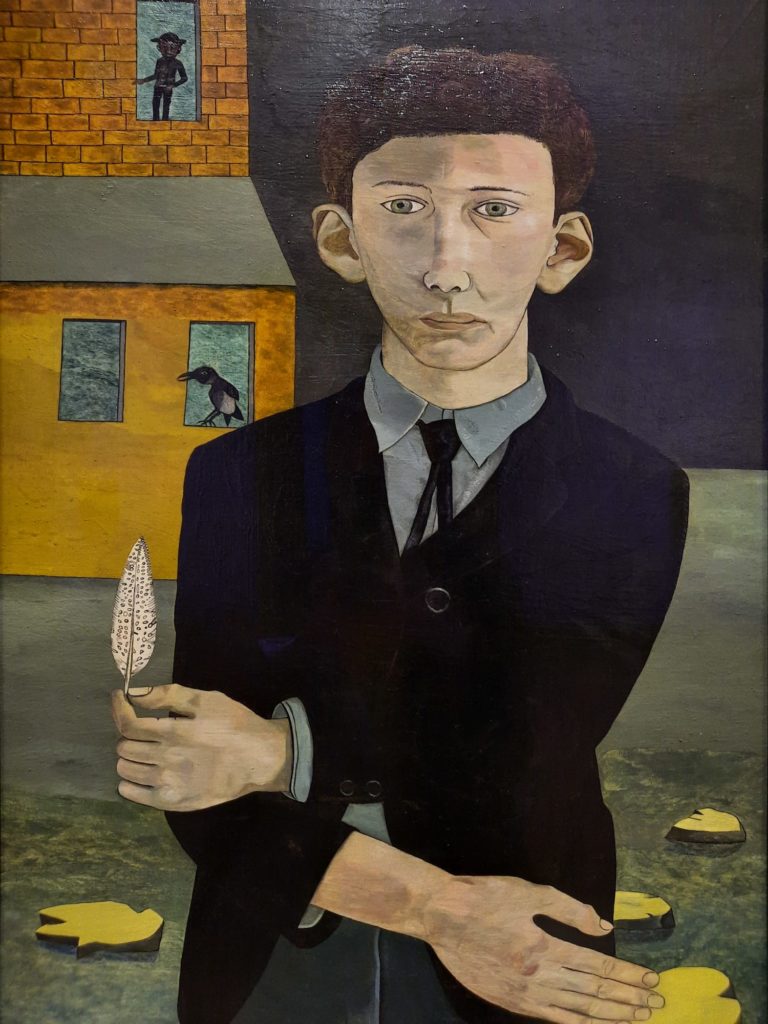

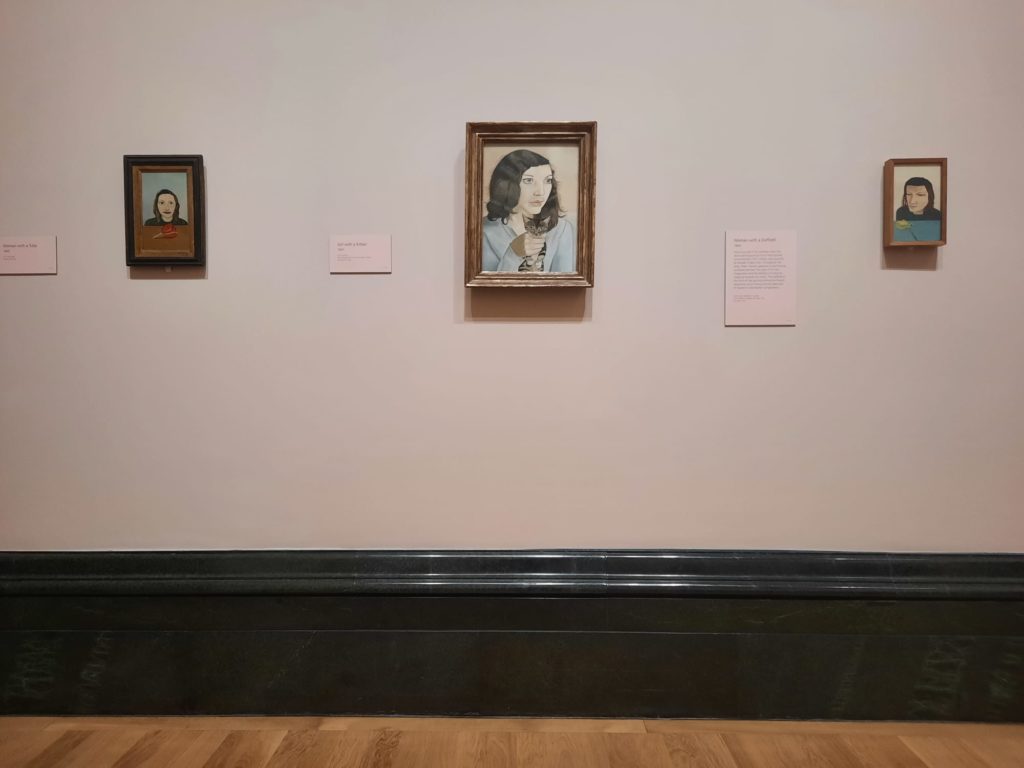
Lucian Freud
Like so many 20th Century artists (and the point of this previous exhibition, in which he was represented), Lucian Freud’s life could have been very different. Born in Berlin in 1922, he was the grandson of the famous Sigmund Freud. As I explained in a post on the Freud Museum the family fled to London, Lucian arriving as a boy in 1933. Had he not needed to flee, had he not been able to flee, things would have taken a very different trajectory.
But as it stands, he spent his formative years in England. He attended Goldsmiths College among other art schools, and served in the Merchant Navy during WWII before embarking on a career as a professional artist. As this exhibition shows, however, his artistic talent was evident much sooner. In later life he married twice and had at least fourteen children in and out of wedlock. Many of his personal relationships were antagonistic, as we also see in this show.
Freud died in 2011 at the age of 88. In 2022, the centenary of his birth, several institutions are paying tribute to this towering figure of Post-War British art. The National Gallery’s offering is Lucian Freud: New Perspectives. Let us take a closer look, then, and see what these perspectives might be and what insights they add to our knowledge of this important Post-War British artist.
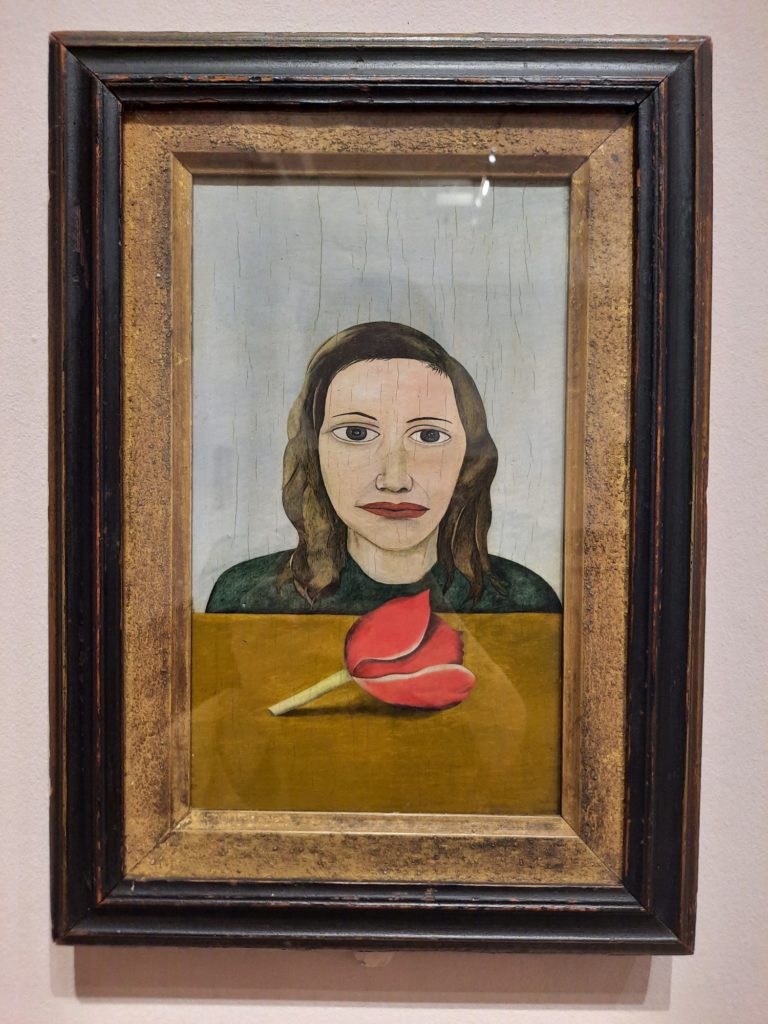

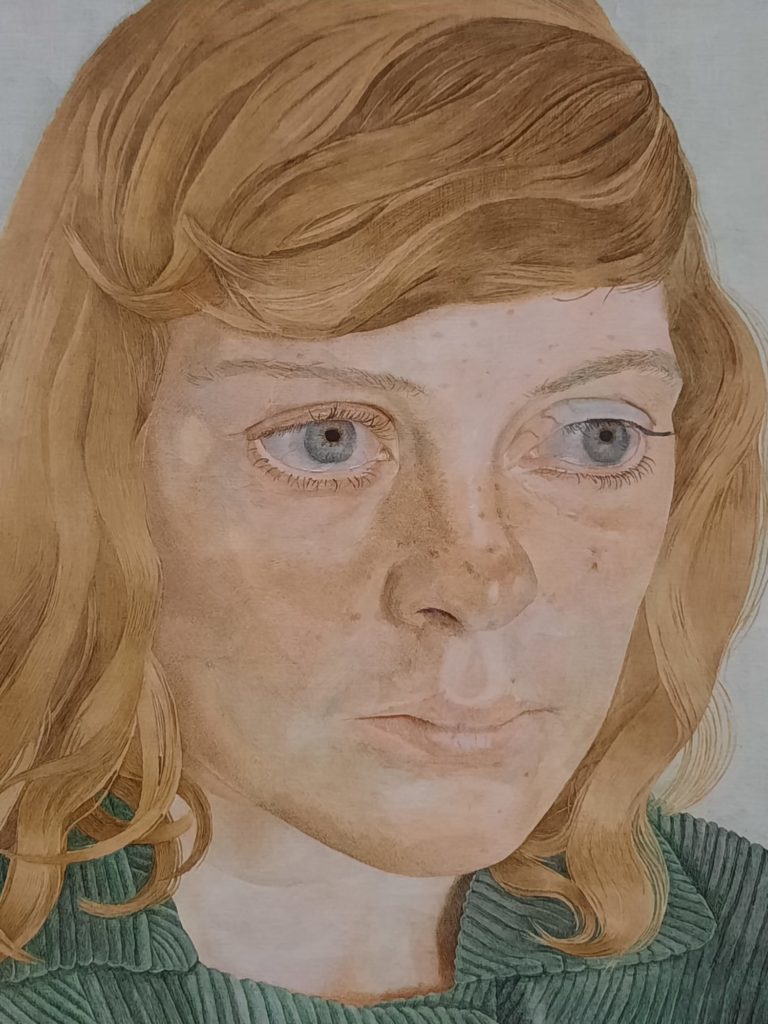


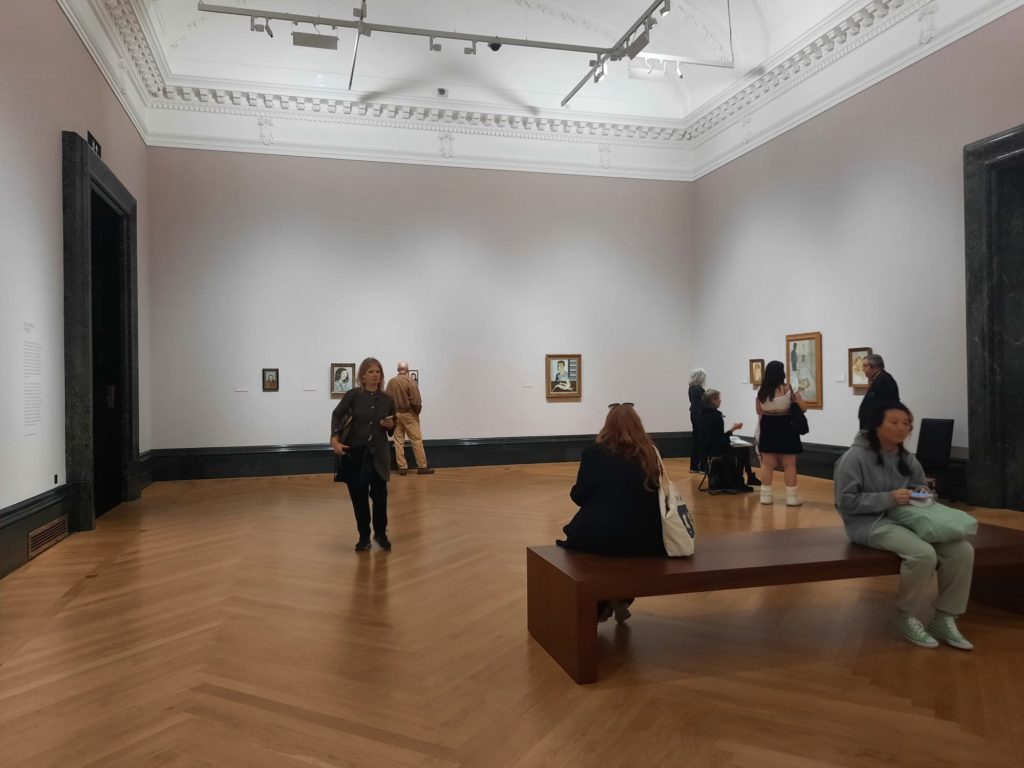
New Perspectives
Lucian Freud: New Perspectives is largely a chronological exhibition. Like the National Gallery’s other current offering, Winslow Homer: Force of Nature, thematic groupings have been pulled from different times in the artist’s life. The first room is big on self-portraits. Later we see portraits, nudes, images of Freud’s mother in declining health and death, before finishing with a series of monumental canvases. The strength of the works, chosen from institutional and private collections, means this is an unparalleled opportunity to get to know Freud’s style.
What interested me about his style was its slow evolution. Whether Freud wanted to have any connection to Germany or not, the early works have a touch of the surrealism and forensic analysis of Neue Sachlichkeit (New Objectivity). Every hair, every pore has been documented. It is an interesting style where, looking closely you have a sense of faithful, almost painful accuracy. It’s only when you step away that the image flattens out, has a touch of a pop art style.
In later years this approach has evolved. Freud’s paint is no longer built up in translucent layers. Instead brushfuls of flesh tones are applied to the canvas. Some of them give the impression of an artist who never sees a work as finished, who keeps adding until some areas are lumpy and blotchy. What is consistent is this sense that the close details are carefully observed, yet the perspective when you pull back is skewed. His works are about stripping away what is unnecessary to reveal a truth which may be uncomfortable to look at but is somehow truer than reality.
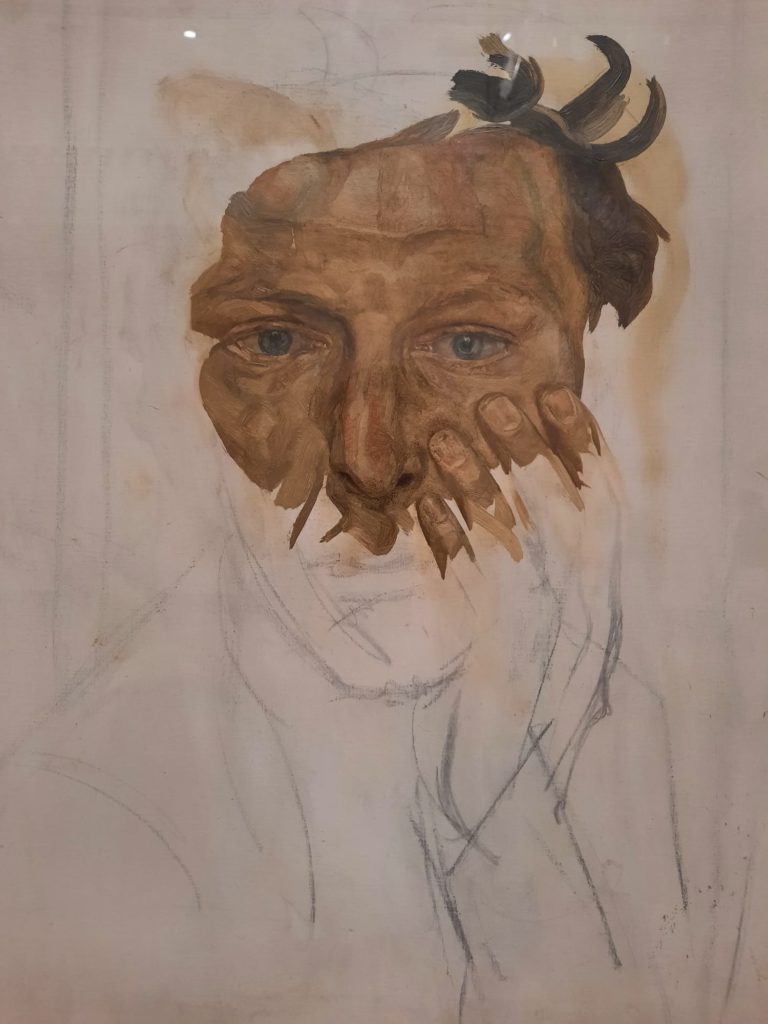


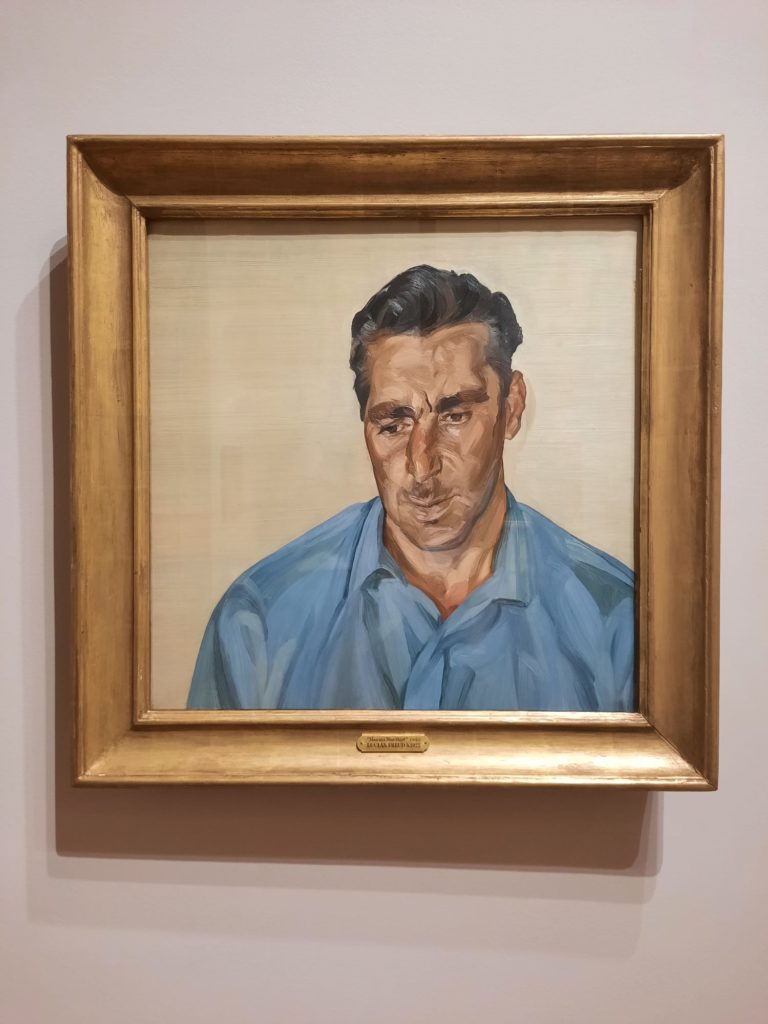
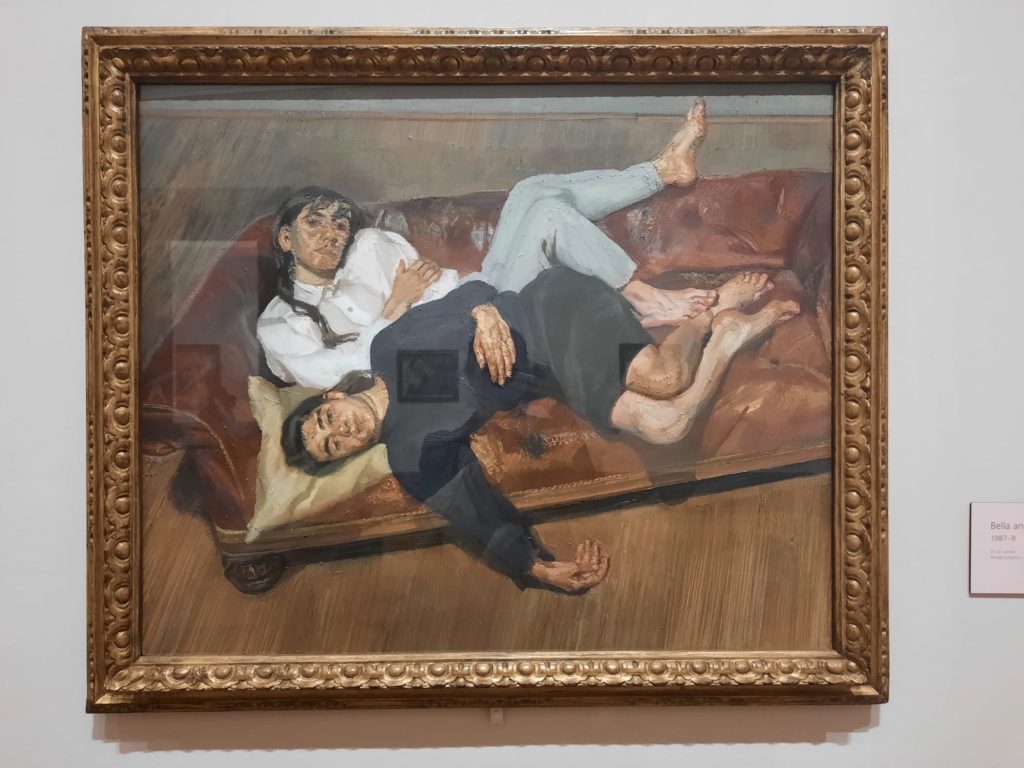
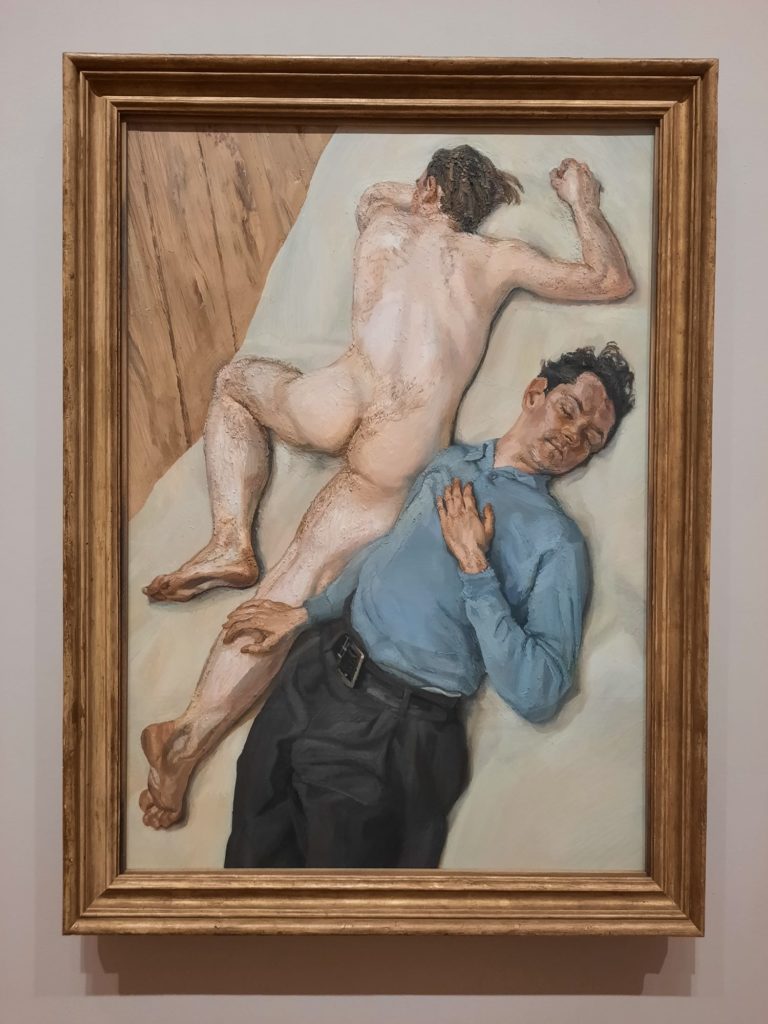
An Uncomfortable Truth
And that idea of discomfort is what stayed with me after seeing this exhibition. From the little I know of Freud’s personal life, he placed his art above all else. Certainly above the (traditional) roles of husband or father. On the other hand his sitters were often drawn from people he knew. There are a couple of paintings on display which feature his second wife, Lady Caroline Blackwood, shortly after their marriage. I stood in front of them for ages, absolutely transfixed by how utterly unhappy she looks. These works encapsulate the sense I have of Freud as a person: that he would be in such a desperately unhappy relationship and would carefully lay that down on canvas. It’s really extraordinary.
Also uncomfortable (maybe I’m a prude) are his images of his daughters naked. It made me question why that was the case. How many hundreds of naked women are depicted around the National Gallery? How many times have artists used their children as models? The works aren’t sexualised, why do I still feel uncomfortable? And yet I did.
I’m sure several of the sitters felt uncomfortable also. Firstly during the gruelling sitting process (read an account here). Secondly because Freud had no interest in flattering anyone. The only painting (that I recall) that you can’t take pictures of in this exhibition is a portrait of the late Queen. She looks frankly a bit ridiculous. It’s certainly not a fawning image of a sovereign. Particularly once you get to the later, large-scale nudes, sitters are painted ‘warts and all’. Everything is laid bare. It is powerful when it’s at its best, but makes me wonder if I would have had the mental fortitude to sit for him. Luckily it never came up.


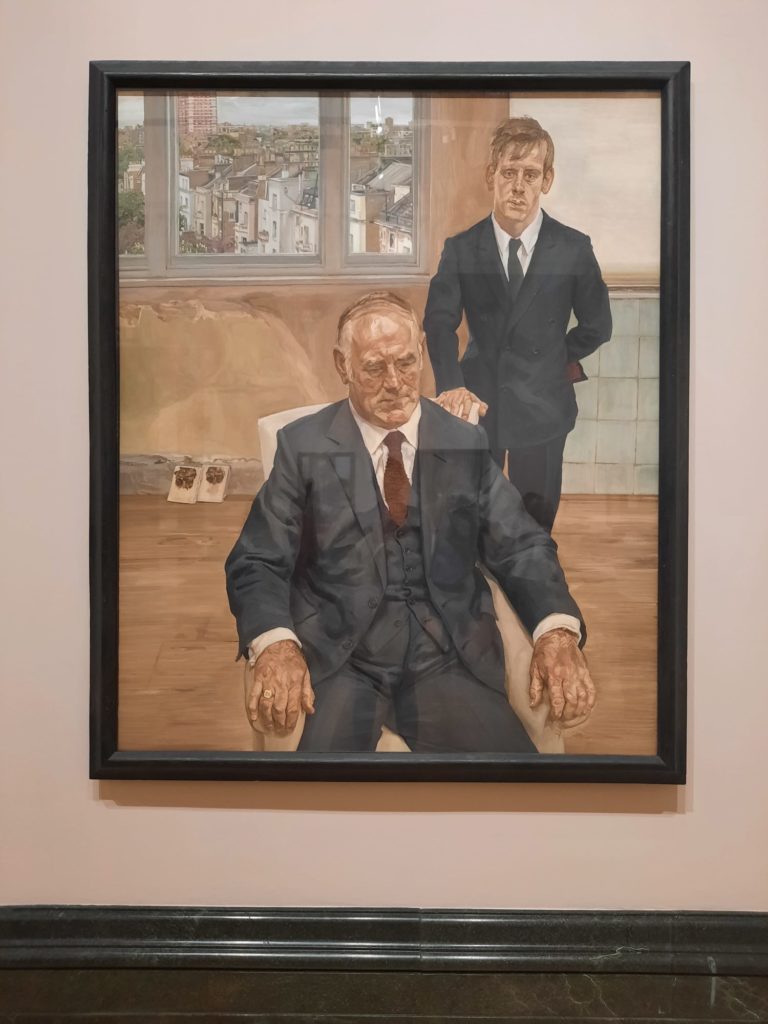
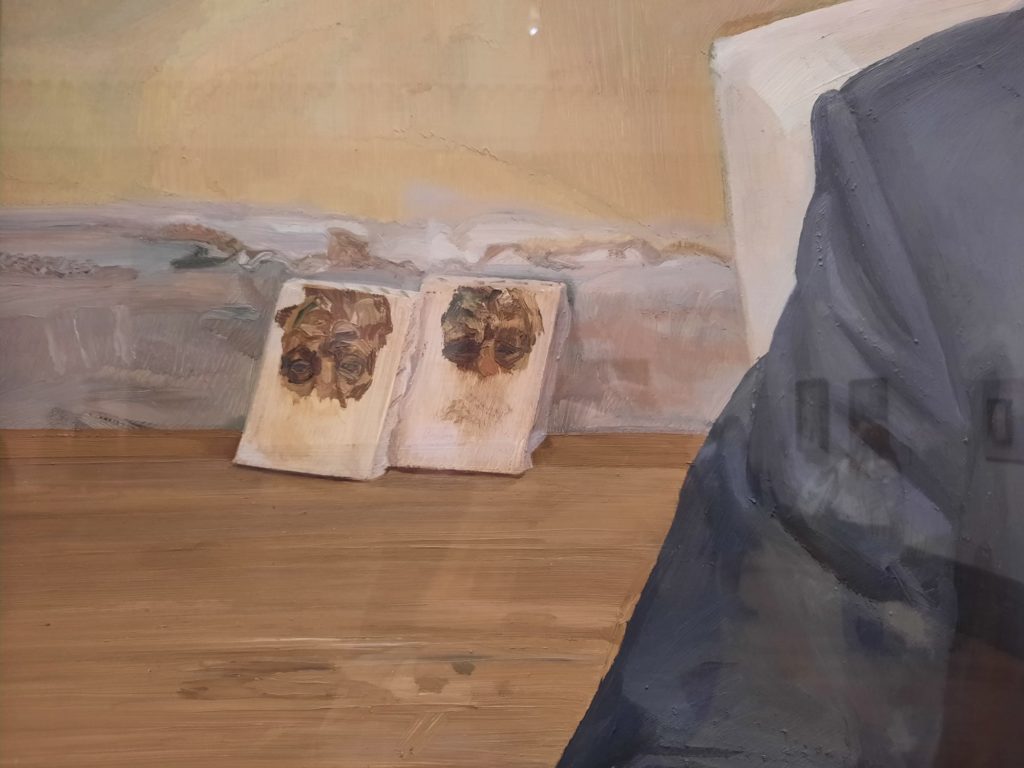

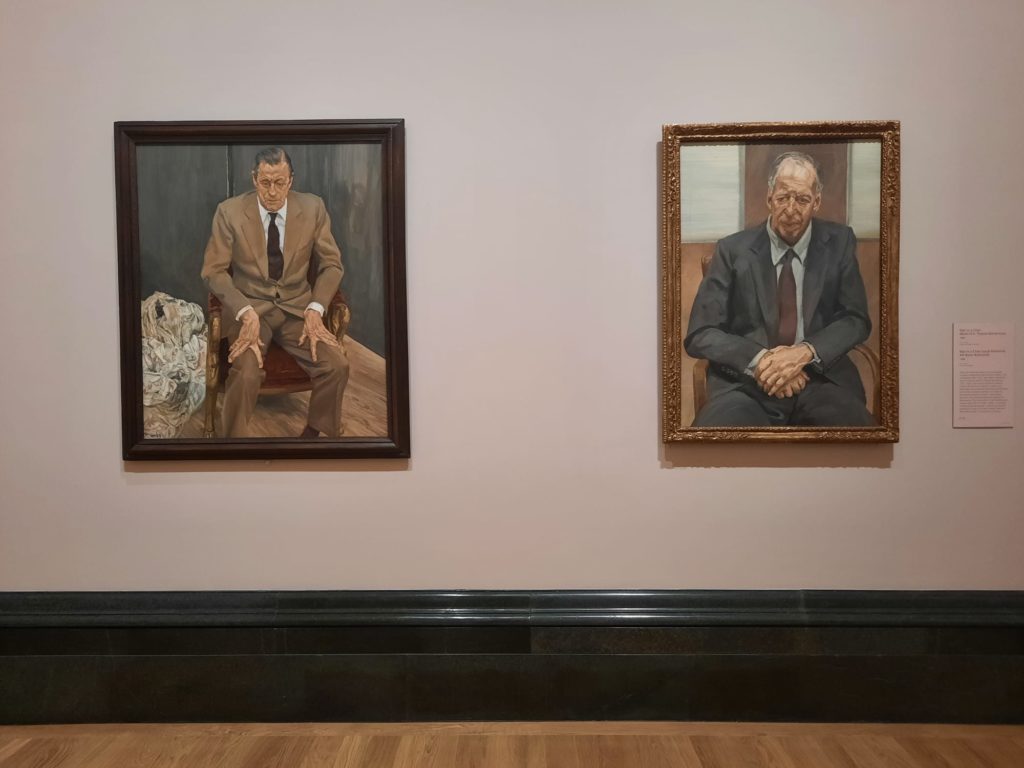
A Well-Constructed Retrospective, But Why Here?
A real strength of Lucian Freud: New Perspectives is the breadth of works on view. A lot are drawn from private collections, including some surprisingly small scale early works. The majority are portraits, but there are also still-lifes. It sounds gruesome, but I particularly liked a painting of a severed chicken’s head. There are also a couple of botanical studies, which you can see more of currently at the Garden Museum. There are also a couple of works that are deliberately unfinished, showing the process of building up a painting. Really fascinating.
Anyway, the point is that you can really see a bit of everything. The huge canvases that could only ever have ended up in a museum. Tiny, intimate works that have been in private hands for decades. The question for me was: why is this retrospective on here? The National Gallery’s collection only covers up to the early twentieth century (then the Tate takes over). I’ve seen contemporary art here before (like this or this), but that’s normally in direct response to classical art. I saw something in another review about this exhibition exploring the influences of classic art on Freud’s work, but I didn’t quite buy it. It just felt like a strange choice to put on here. It was only later that I read about his close personal association with the Gallery, which I guess is the key to it all.
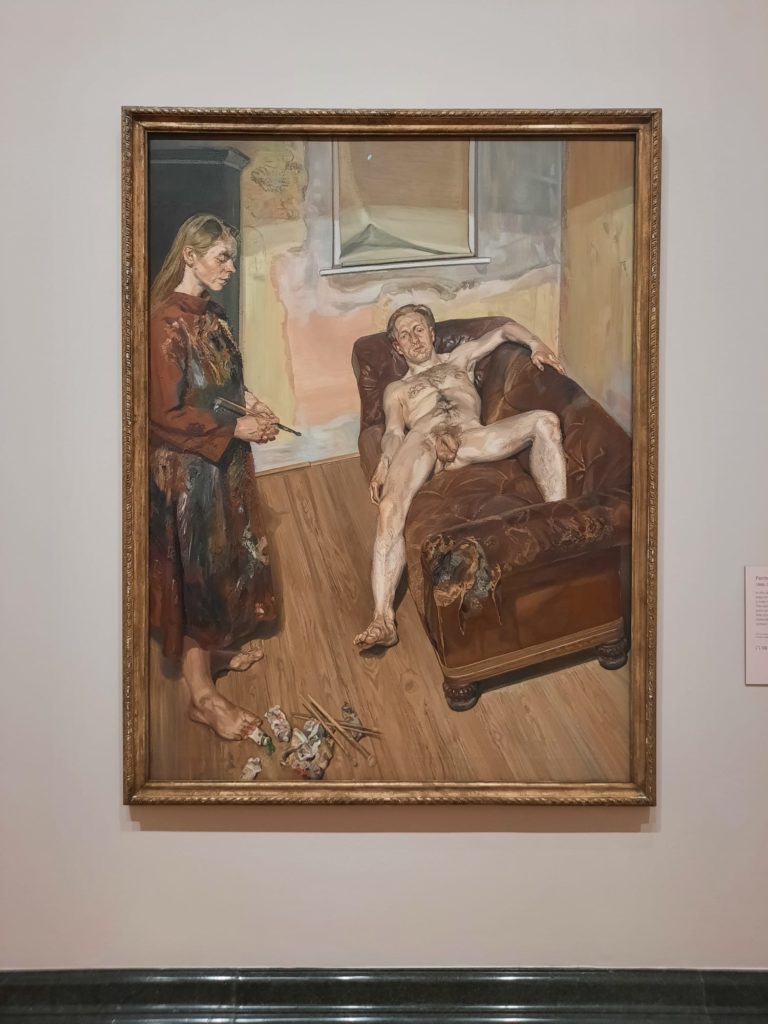
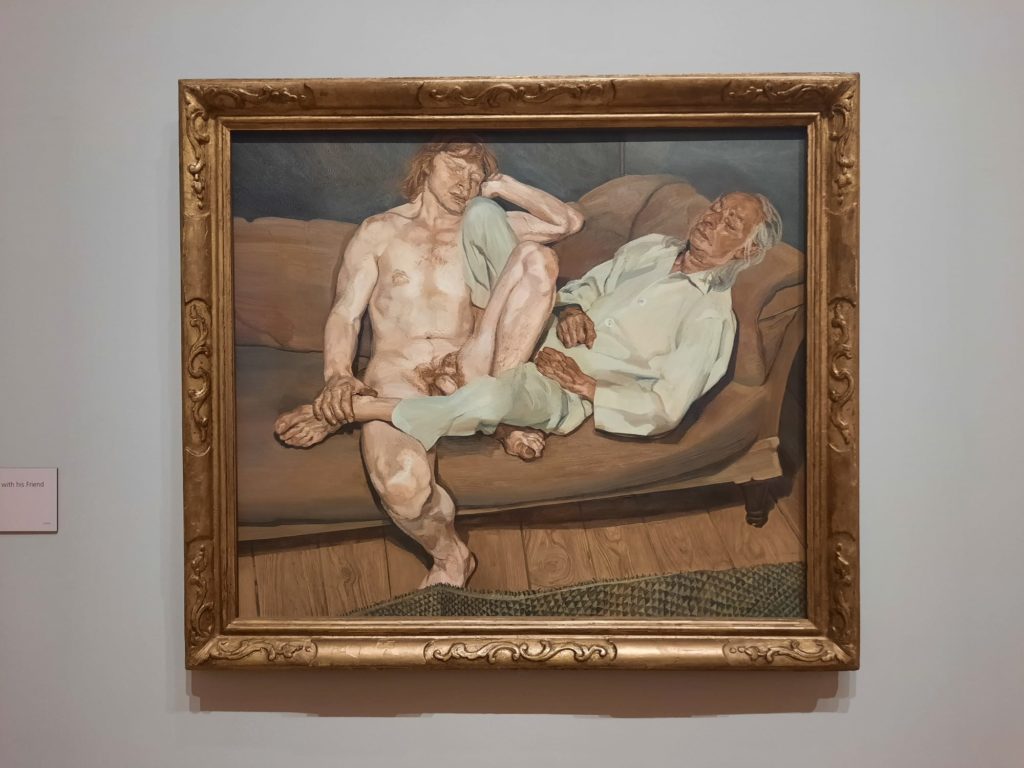
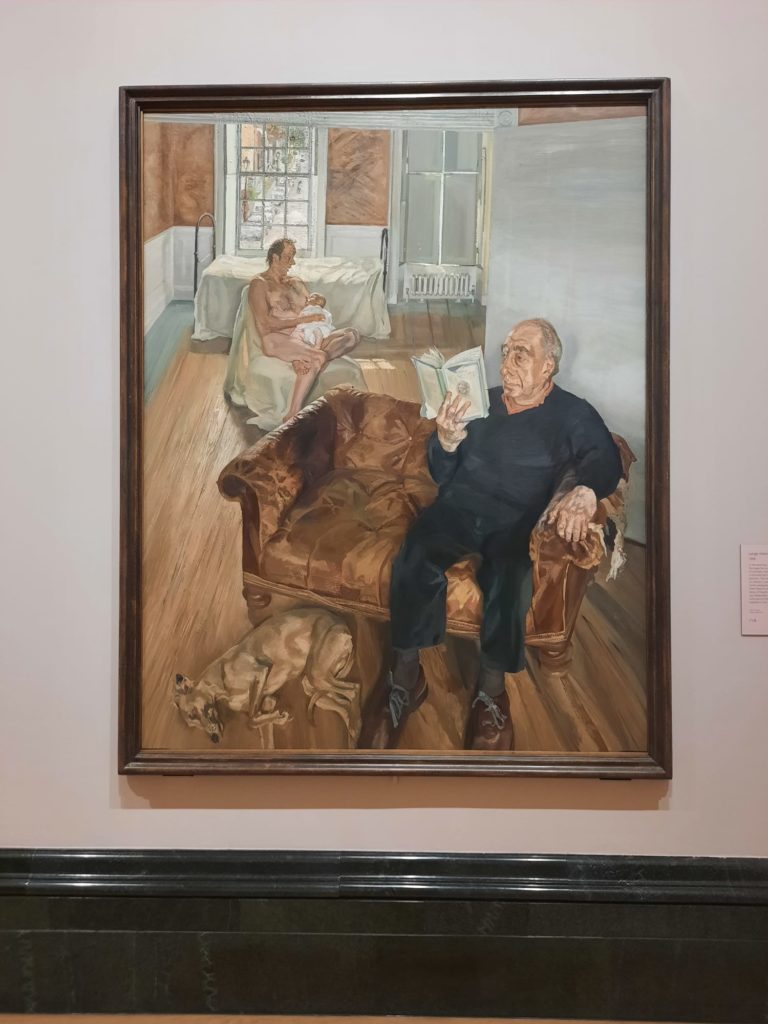
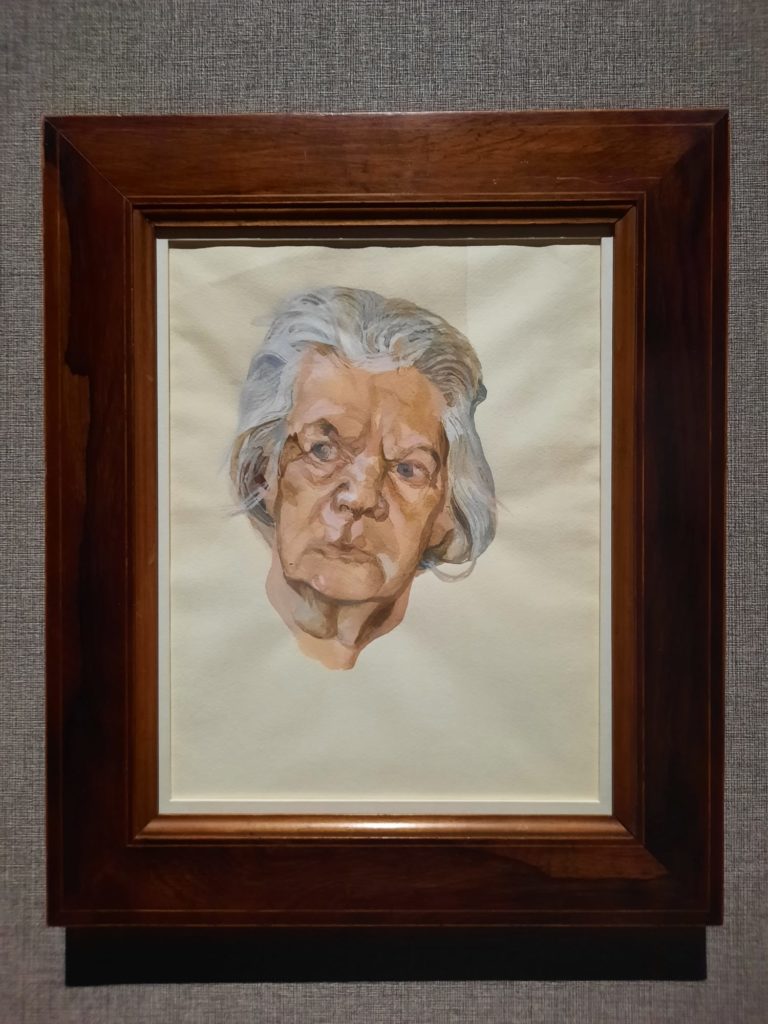

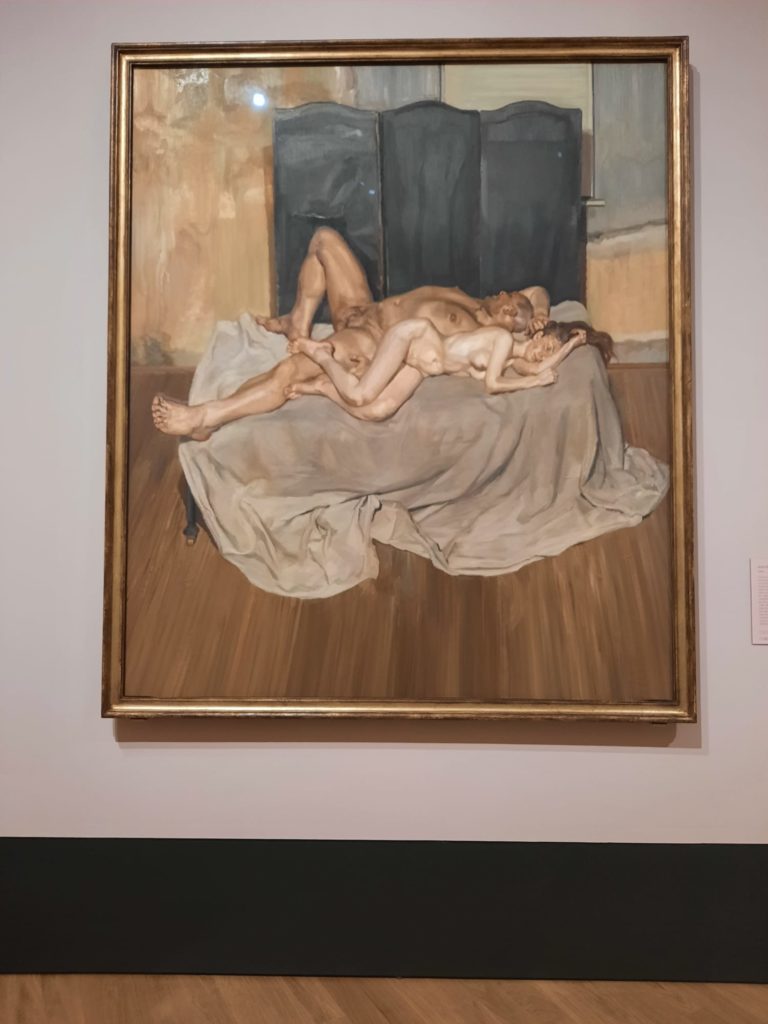
Final Thoughts On Lucian Freud: New Perspectives
Notwithstanding these ponderings and the feeling of discomfort the works sometimes produce, I recommend you see the exhibition for yourself. As I said, it’s a good opportunity to get to grips with the artist’s work. Whether or not you like all of them, it’s a fine exhibition to see with a friend and discuss, see what your reaction is.
Of the two (I actually saw them on the same day), I think I actually preferred Winslow Homer: Force of Nature. But that’s really just personal preference. Lucian Freud: New Perspectives is well-curated, groups paintings together in interesting ways, and gives them space to be truly appreciated. The art isn’t always easy, and not every work is a masterpiece, but together they have given me a much better insight into Freud as an artist.
Salterton Arts Review’s rating: 4/5
Lucian Freud: New Perspectives on until 22 January 2023
If you see this after your page is loaded completely, leafletJS files are missing.

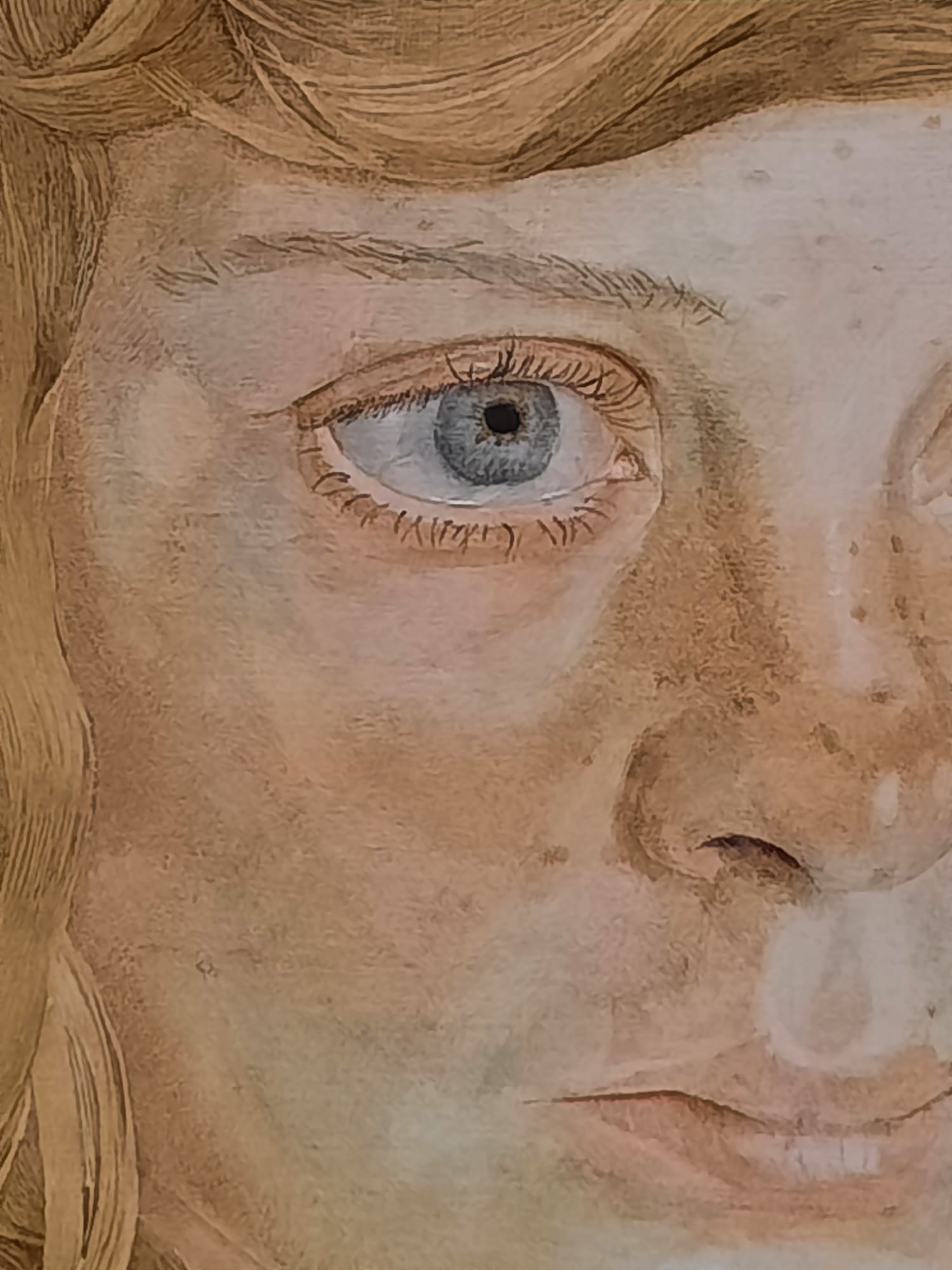
They do have such a distinct style, don’t they? In the future it will be a point of reference; people will say, ‘it’s in the style of Lucien Freud’ or ‘has a Lucien Freud quality’ and we’ll know exactly what they mean.
Yes absolutely recognisable, and it’s interesting because it’s often something in the flesh tones, I don’t know how to describe it!